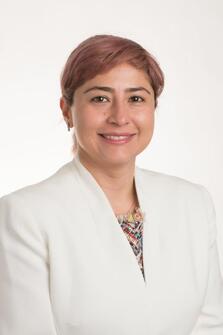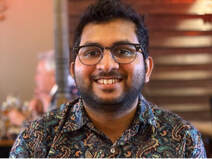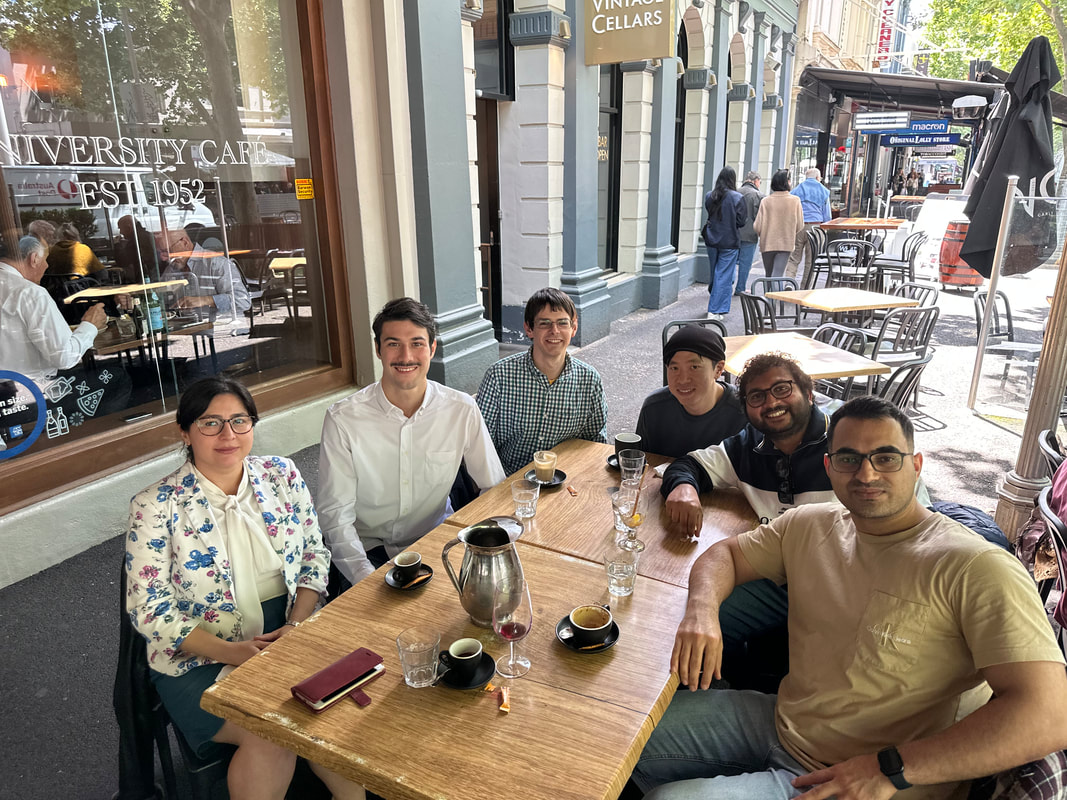Group Head

Dr Ellie Hajizadeh
I am a computational soft matter physicist and engineer with a well-rounded background in industry, government and academia and have worked in three different continents, including Asia, United States, and Australia. The computational materials design tools that I have developed throughout my career are currently being used in government labs and chemical companies, which help them to accelerate the pace of bench top laboratory materials development and provide them with a competitive advantage in their market.
I was awarded a PhD in the field of Molecular Simulation of Soft Matter under the guidance of Prof. Billy Todd and Prof. Peter Daivis in 2015 (Swinburne University of Technology). This was followed by a two-year appointment as a Postdoctoral Research Fellow at Prof. Ronald Larson's Research Group at the University of Michigan.
I joined the Australian Defence Science and Technology Group (DSTG) in 2017 as a Research Scientist, where I established a research program in the field of Multiscale Simulation of Soft Matter and led a Next Generation Technologies Fund project to develop an Integrated Multiscale Materials Simulation Platform for Advanced Acoustic Materials.
I have been an academic member of the Department of Mechanical Engineering at the University of Melbourne since 2019 and an Associate Investigator at the ARC Training Center in Optimisation technologies, integrated methodologies and applications (OPTIMA). I am the Secretary of the Australian Society of Rheology since 2021.
Postdoc(s)

Dr Dominic Robe
Nick did his undergraduate work in his home state at Tennessee Tech University. He got double degrees in Physics and Computer Science. He went on to Emory University, where he participated in a joint program to get a PhD in physics and an MS in computer science. There he studied many-particle simulations of disordered solids. He focussed on aging colloidal glasses, but he found interest in many topics in soft condensed matter. He spent three years as a posdoc with Prof Ravi Jagadeeshan at Monash University developing Brownian dynamics simulations of associative polymers. He has been working with Dr Hajizadeh since July 2022 using machine learning and statistical optimisation algorithms to model polymeric and colloidal materials.
PhD Students

Jalal Abdolahi
Jalal is a Ph.D. graduate student at the University of Melbourne under the supervision of Dr. Hajizadeh. He did his M.Sc. program in the field of modelling the behaviour of smart polymeric hydrogels. Prior to his PhD, Jalal worked as an R&D mechanical engineer in the composites industry. The focus of his research lies in data-driven inverse design of complex fluids.

Amal Jayawardena
Amal is a Mechanical Engineer. He completed his Associate’s degree in Natural Sciences and Math (Hons) in 2017 from Los Angeles City College – USA and his Bachelor’s degree in Mechanical Engineering (Hons) in 2020 from Brigham Young University Idaho – USA.
The focus of his PhD research is on the design of nano-engineered star polymer materials to defeat the “Superbug”, using non-equilibrium molecular dynamic simulations and Machine Learning-based optimisation schemes.

Peng-Yuan (Py) Ding
Py completed his Master of Science (Mathematics and Statistics) in 2022 from The University of Melbourne, where he developed expertise in mathematical modelling and optimisation techniques. Py's current research focus for his PhD is on exploring the potential of integration of optimisation and machine learning methods into the inverse design of multiscale polymeric materials, to accelerate the process of predicting and designing materials with desired properties.”

Giorgio Santanatoglia
Giorgio is an Aerospace Engineer. In 2023 he completed his master's degree from the Polytechnic University of Turin, where he specialised in fluid dynamics. His current PhD work is on the development of a data-driven physics-based noise prediction methodology.

Ehsan Kamali Ahangar
Ehsan is a Mechanical Engineer. He completed his Bachelor's degree in 2014 and Master's degree in 2019 in Iran. In February 2024, Ehsan joined Dr Hajizadeh's research group as a PhD student.
In his PhD project, he aims at investigating the transport of small molecules and macromolecules through strongly confined solutions such as porous medium with implications for novel agricultural and medical material technologies. He will develop a unified multiscale simulation framework coupled with advanced ML algorithms to accurately capture complex fluid flow behaviour.
Former Members

Dr Zakiya Shireen
Zakiya Shireen completed her PhD at the Indian Institute of Technology Delhi (IIT Delhi). Her PhD work focused on self-assembly of complex colloidal systems using predictive modelling with novel Brownian Cluster Dynamics. During her appointment at Hajizadeh group, 2021-2023, she developed MD model of PTMO polymers.

Dr Hansani Weeratunge
Hansani completed her PhD at the University of Melbourne under the supervision of Prof. Saman Halgamuge and in collaboration with CSIRO and IBM Australia, followed by a Postdoctoral Research Fellow position at the Soft Matter Informatics Research Group. During her appointment at Hajizadeh group, 2021-2022, Hansani integrated DNN, GA and Bayesian Inference algorithms into data generated from MD simulations (PTMO polymer) and developed ML-enabled hybrid and transferable coarse-grained model of polymers as well as FEM of acoustic metamaterials.

Dr Junting (Jerry) Xiang
Dr. Xiang uses virtual experimental tools (computational fluid dynamics, multi-physics modelling and high performance computing) to investigate the fundamental physics in engineering processes and to advance design and manufacturing of engineering systems. His current research focus is on multiscale modelling, where he endeavours developing mathematical models to simulate complex fluids system. In Hajizadeh group, 2020-2021, Jerry implemented our recent theory of stress-gradient-induced polymer migration in confined fluids for an important model problem of journal bearing related to tribology effects.

Damian Nelson
Damian recently completed a Master of Engineering in mechanical engineering at the University of Melbourne and was a summer research student under the supervision of Dr. Hajizadeh. His research was focused on the simulation of stress-gradient induced polymer migration in confined geometries in collaboration with Prof. Ronald Larson from the University of Michigan.

Sagar Iyer
Sagar is a graduate engineer with a Master of Engineering focusing on Materials Science, having previously completed a Bachelor of Science majoring in Chemical Systems. His research involves understanding and simulating the behaviour of acoustic meta-materials using COMSOL multiphysics.


